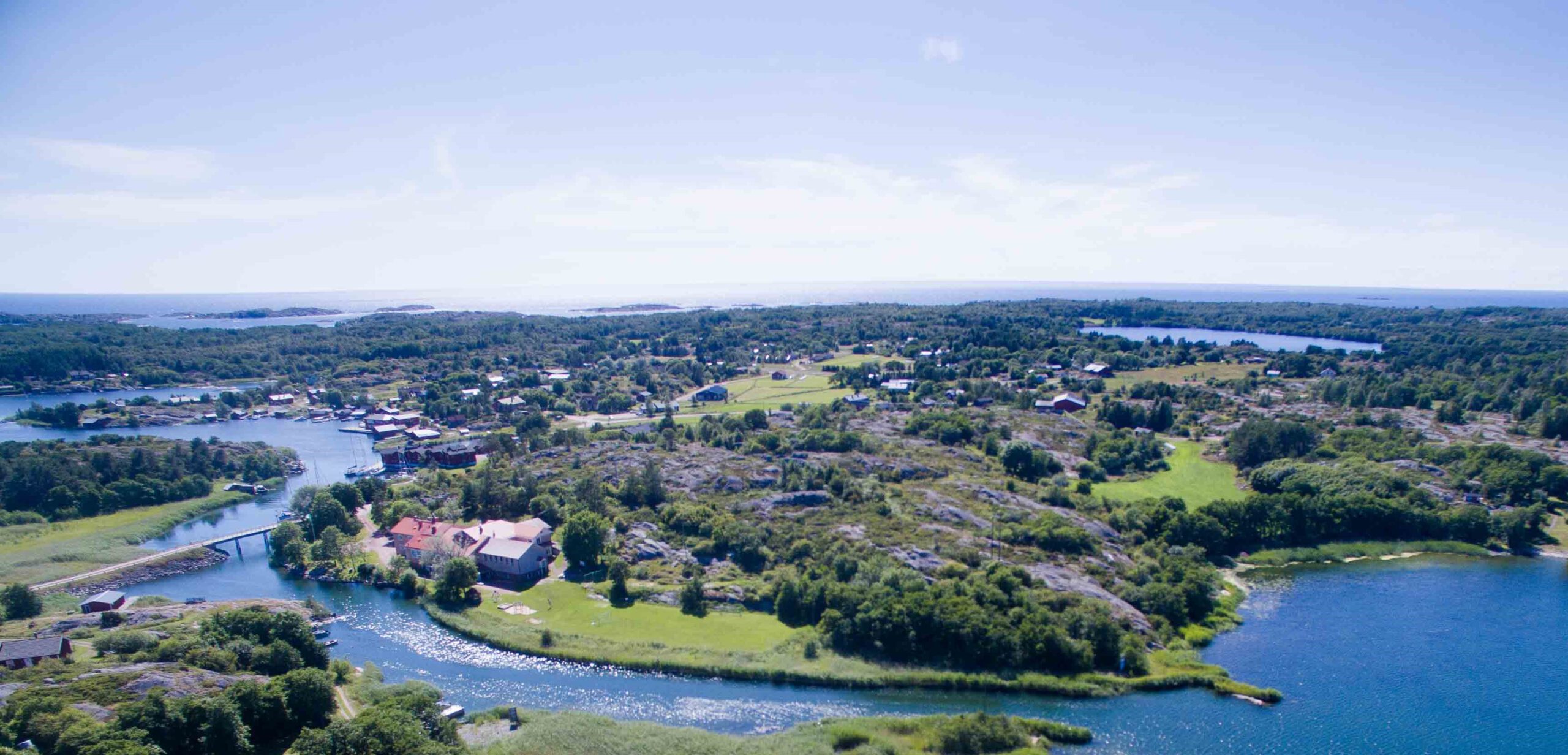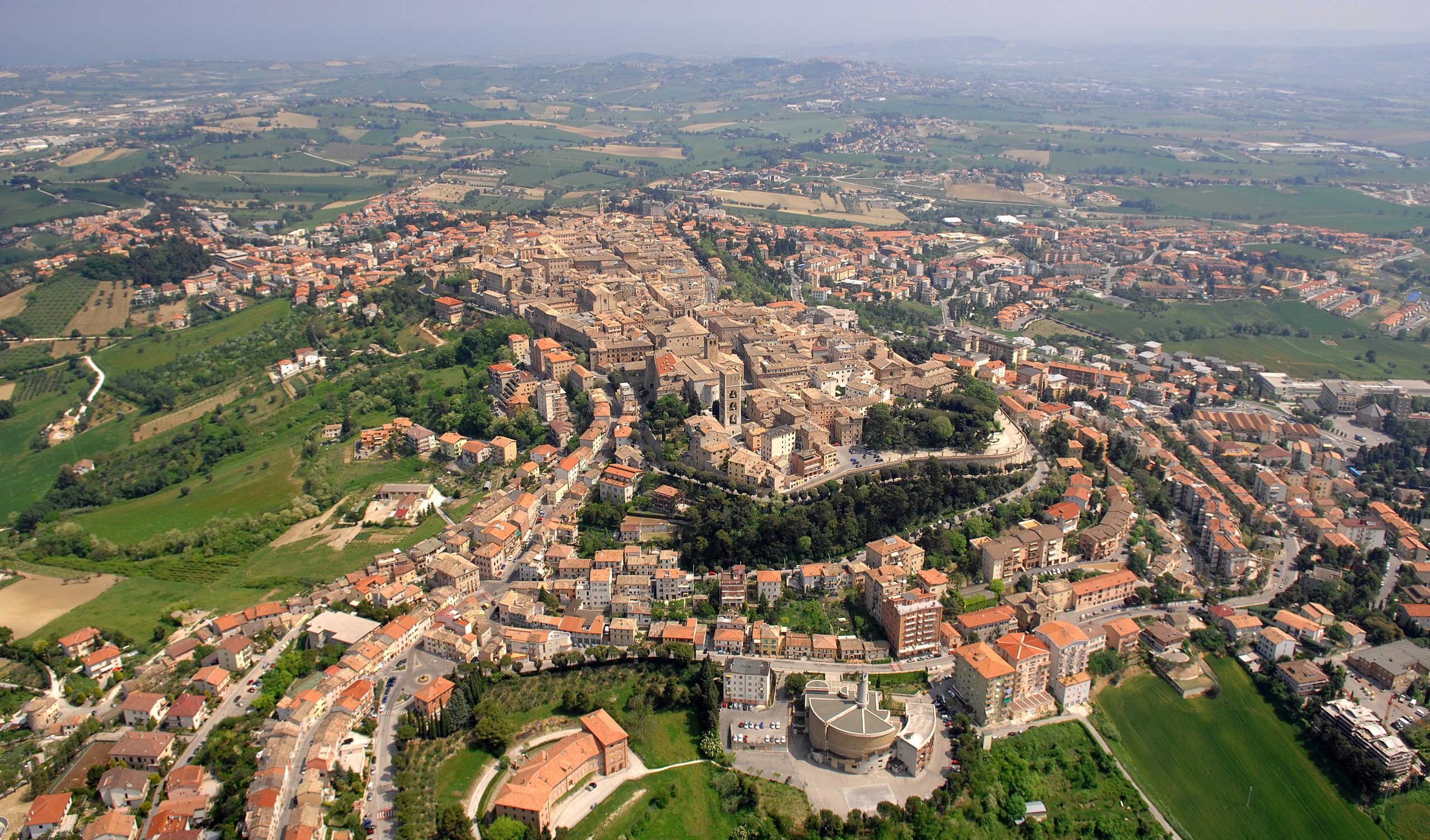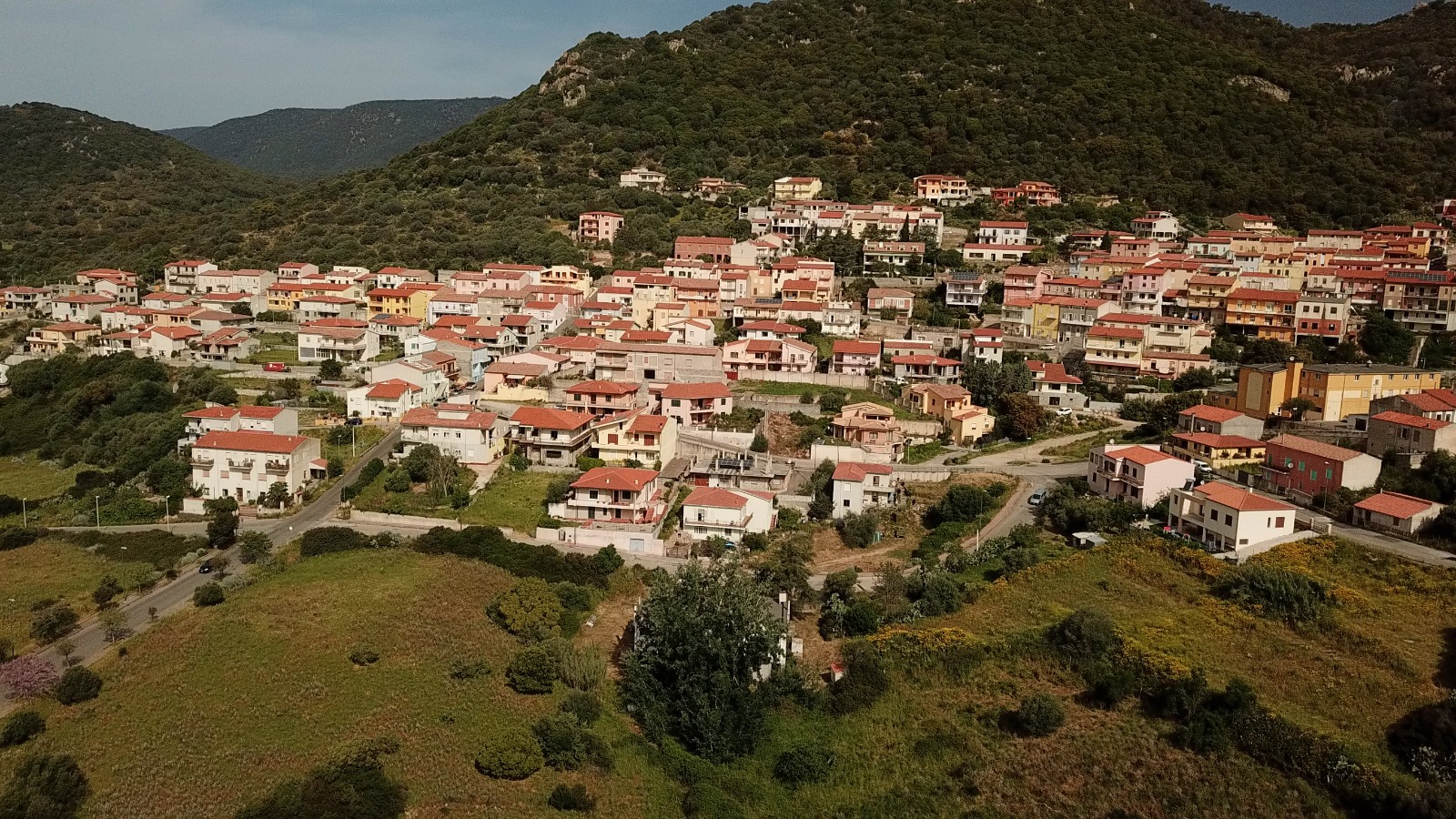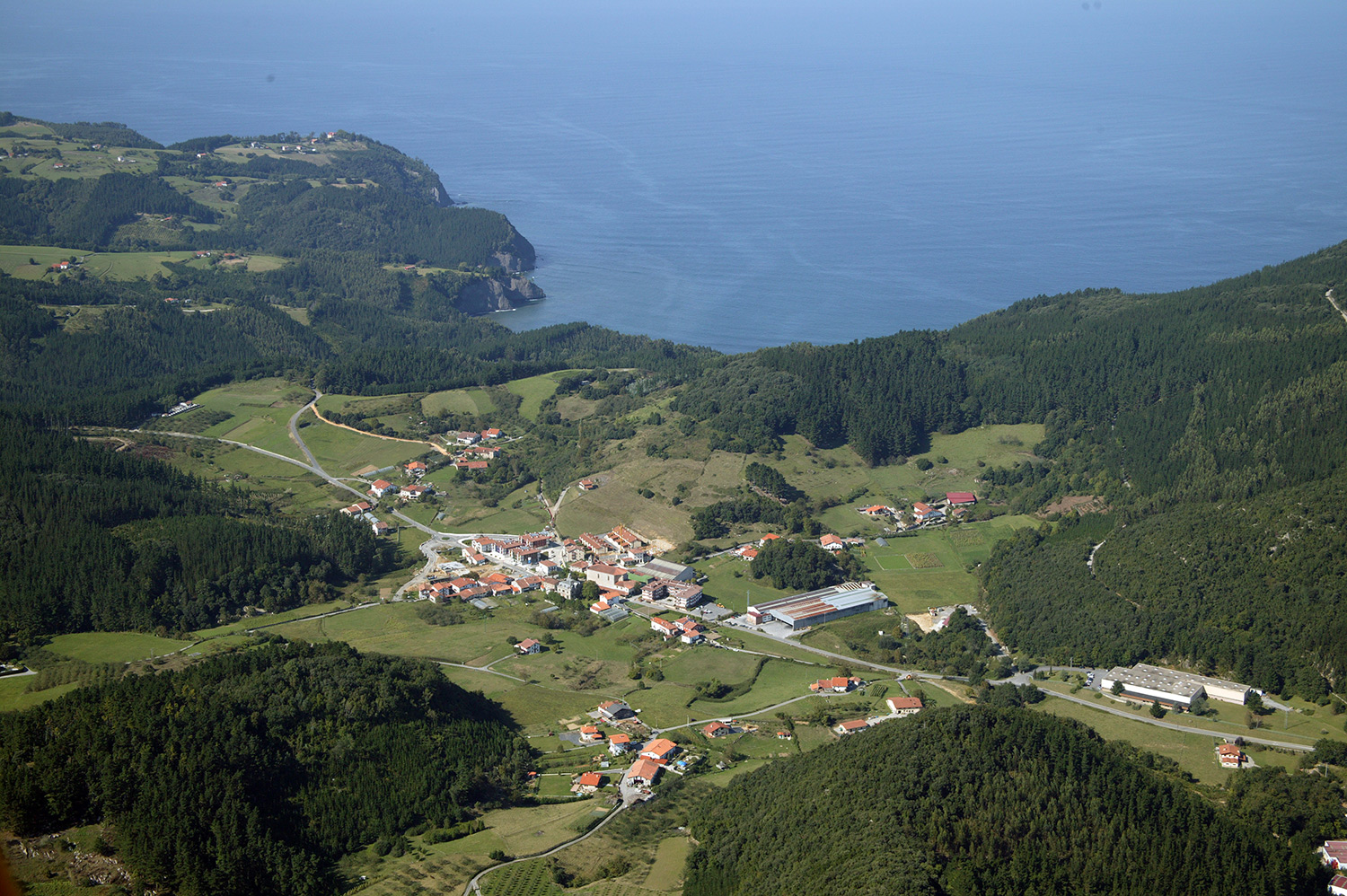

Ispaster

Ispaster is a small village located in the coast of Bizkaia, in the north of Spain.
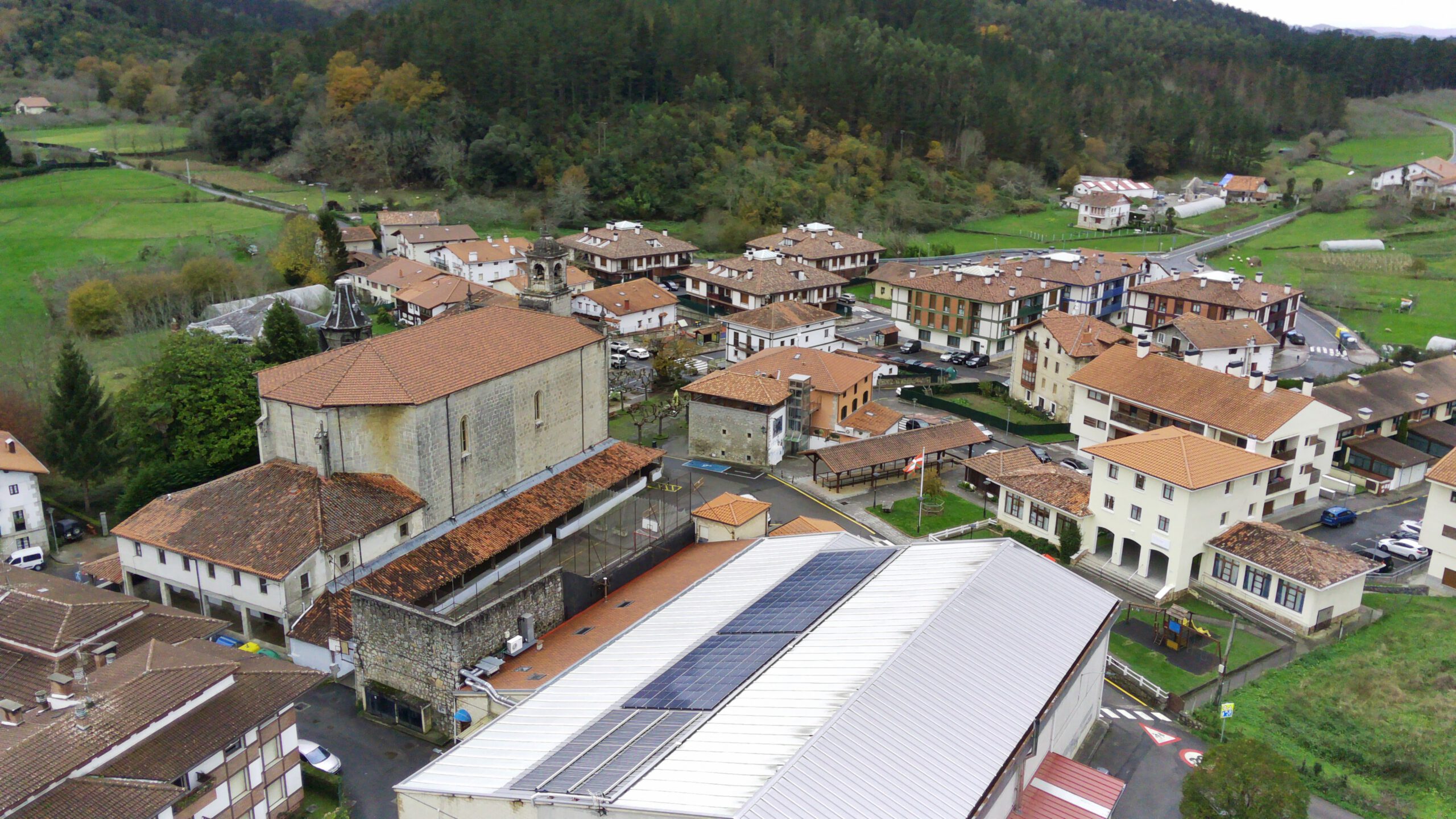
The project demonstration actions will be focused on this district, where the municipal facilities are located, including the town hall, the public school, a cultural center, a sports center, two restaurants, a senior center, a kindergarten and other public services, as well as most of the small services and industries present in this area.
Demonstration actions
In the scope of LocalRES project, different technical and non-technical measures will be implemented in Ispaster, oriented towards increasing the energy self-sufficiency of the area through the penetration of RES, enhancement of the grid stability and improvement of the flexibility and efficiency of the energy system:
Different activities will be proposed to push the community engagement in the area one step forward, including the exploration of citizens’ participation in demand response and flexibility mechanisms.
A cogeneration (CHP) biomass unit will be integrated into the local DHN, which will increase the thermal capacity of the network while enhancing the electricity security of supply of the local micro-grid, which is currently based on solar photovoltaics production. Furthermore, this system will contribute to flatten the thermal energy demand and balance the electricity production in the micro-grid, as well as to solve current problems on energy management. Additionally, new consumers will be connected to the DHN to take advantage of the new thermal production based on renewable technologies.
The solar photovoltaics system in the municipality will be increased by installing additional capacity on building roofs. This expansion will increase the local energy shared covered by renewable energy sources.
The municipality will purchase a new electric vehicle and develop a charging infrastructure, which will be integrated into the electrical micro-grid. The use of the electric vehicle batteries to increase the storage capacity of the grid and allow flexibility mechanisms will be studied.
The current conventional fossil-fuel based heating system of an existing multi-apartment building will be replaced by high-efficiency heat pumps, which will be potentially connected to the micro-grid. This will allow supplying low-carbon heat to the dwellings, and would enhance sector-coupling and demand response mechanisms for the optimal operation of the micro-grid and DHN.
New electrical batteries will be installed to enhance the flexibility of the micro-grid and the EV charging infrastructure, and to accommodate the solar production surplus.
New thermal and electrical smart meters, together with new communicable sensors will be connected to a SCADA system and integrated into the MEVPP for optimizing the operation of the local energy networks, managing the demand in an efficient way to promote self-consumption. Passive and active strategies for demand response management will be explored.
The municipality, as well as both the Regional Energy Agency (Basque Energy Board, EVE) and Government (Basque Government), are strongly committed with Ispaster’s Energy Island. The performance assessment will not only allow to validate the technical interventions, but also other factors such as user acceptance, barriers on implementation, regulatory framework, financial issues and other explicit needs derived from the implementation. The knowledge gained will be useful for future policy improvements and recommendations.
Current business model is based on a public-private-partnership approach. The public administration is the owner and investor of the equipment, and the networks are operated and managed by a local ESCO. The goal is to further work on this direction based on the new knowledge that will be acquired in the scope of the project, and implement it into real business models both in Ispaster and during the replication of LocalRES approach in new communities.
Read next
Kökar
Kökar is a small archipelago municipality of Åland Islands with a total land area of 64 km². The population of Kökar island is officially 234 persons (2018), but the actual number of inhabitants ranges from 160-170 in wintertime to 1,000 in summertime. This island municipality is visited by around 18,000 tourists along the year, which results in high volatility and puts extra demand on the flexibility of the infrastructure. Kökar takes part in the CE4EUI (Clean Energy For EU Islands) and published its clean energy transition agenda in summer 2020. Furthermore, Kökar has been selected as one of 20 islands in Europe that will act as pioneers in the work of reducing CO2 emissions.
Kökar became a fellow case in April 2024, due to local minority driven delays of technical activities.
Osimo
Osimo is a charming town perched on a hill overlooking the Adriatic Sea in the Marche region of central Italy. With a population of approximately 35,000, it covers an area of 106 km2 and sits at an average altitude of 265 meters.
Berchidda
Berchidda is a 3000 inhabitants village located on the southern slopes of Mount Limbara, in the north of Sardinia Island. The land covers approx. 201 km2 and it is located at an average altitude of 300 m, with a wide hilly area in a radius of almost 20km. The anthropic structures, vegetation and climatic conditions are typical for the inland areas of Sardinia, with average temperatures of 15°C.
Ispaster
Ispaster is a small village located in the coast of Bizkaia, in the north of Spain. With a municipal area of 22 km², Ispaster has a population of 740 inhabitants, of which 350 are concentrated in the main neighborhood of Eleixalde.
